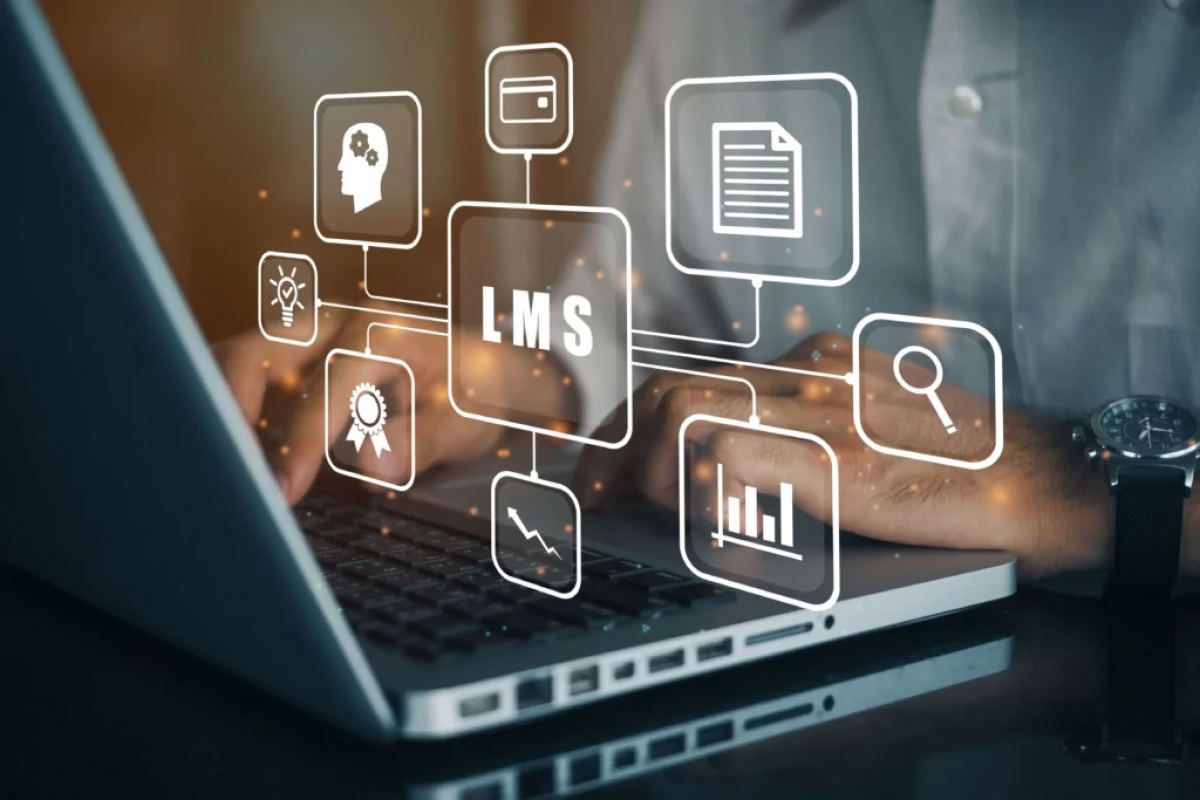Analytics is now termed as the new ‘oil’. The importance oil holds in the global economy, Analytics will now have the same importance as oil.
Let’s understand what is Analytics?
Analytics is the scientific process of analyzing the raw data and drawing meaningful insights from it.
Analytics can be classified in four categories:

Analytics can be leveraged in a big way in the learning and development field.
Consider this scenario ‐ All employees in a global bank have to go through a mandatory compliance training. Post two weeks of online training rollout the training completion rate is negligible. In spite of repeated reminders from the HR the completion rate has not reached the desired completion level.
What can be done to resolve this issue?
Like the approach used in troubleshooting any problem, the key step is to isolate the issue.

As we can notice in the above figure, the total number of users enrolled ok. So users are enrolling in the course; however, the completion rate is negligible.
Lets look at diagnostic (why this issue occurred?)
To do this, let’s check the graph for every region.

To investigate further, we can check how users are accessing the training:

This indicates that the users accessing the training through mobile phones are dropping out.
Resolution ‐ Most of the users were accessing the online training on the mobile phones, but finding it difficult to navigate. Hence, most of them quit the training mid-way. This issue can be easily resolved by developing a training that is responsive.
In the above scenario we used Analytics to diagnose the issue (What happened) and Why is happened. Analytics can use be used to predict what will happen. For example, the Predictive analytics, along with machine learning, can be used to predict key future events for employees, including whether or not an employee will pass a course, and whether or not their engagement is about to drop. The data collected can then identify key behavioral traits and patterns that correlate to success in a course. Armed with these insights, new strategies can be developed to improve future performance.
Actively investing in engaging and impactful training, particularly during onboarding, keeps an employee invested. Successful training programs have proven to increase job satisfaction and motivation at work and employees with high levels of engagement on the job tend to be top performers. Making the investment in this type of training shows employees that their company is actively engaged in their personal growth and in helping them progress in their careers.
Track an employee’s performance as they make their way through training. With this data, companies can determine what content can be bypassed and what content should be reviewed more closely. Offering a static pathway through training not only doesn’t take into account an employee’s existing expertise, but it also will never effectively accommodate each employee’s own learning style.




